This is the 62nd in a series of posts on the Fujifilm GFX-50S. The series starts here.
A few days ago, I compared the 23 mm f/4 Fuji lens on the GFX to the Zeiss Batis 18 on the Sony a7RII. The Batis, while looking like a fine lens in its own right, didn’t come off too well against the Fuji 23 on the larger, higher-resolution sensor. Someonme asked me to do the same kind of comparison with the Nikon 14-24 f/2.8 lens on the D810.
This seemed like a huge mismatch. What are the issues with this comparison? Let me count the ways:
- The Nikon 12-24 is a zoom lens
- The Nikon lens is pretty long in the tooth, having been introduced with the D3 10 years — ten years! — ago.
- The lens was marketed as a natural companion to the D3, which had a 12 MP sensor.
- The D810 has a physically smaller sensor
- The D810 has significantly fewer pixels
Nevertheless, I proceeded. I set the Nikon lens to 17 mm, which is the equivalent focal length for the D810’s full frame sensor if you go by picture height.
Here’s the scene at f/2.8.
And with the GFX/23:
The reason the sizes of the objects look different in the two images above is that, because of the blog formatting, they are scaled to constant width here, while the lens focal length selection was done by image height. I did not re-shoot the GFX images, so they are made a couple of days apart, at about the same time of day, and with about the same framing. The Nikon lens shows more light falloff off-axis than the Fuji setup.
I focused both cameras manually at their taking f-stops on the lighter foliage in the upper-right-central part of the image. I focused and exposed four times for each aperture, and picked the best shot from each camera for each f-stop. Shutter set to EFCS for both cameras, which meant it really was EFCS at the narrower apertures for the GFX. 2-second self-timer for the Fuji, and 3-second shutter delay for the Nikon. Arca-Swiss C1 cube on RRS sticks.Small exposure corrections in Lr. Daylight white balance selected in Lightroom.
I exported tight crops from the developed images as 700-pixel-wide JPEGs. That means that the images are all heavily upsampled. The GFX images are 253% of their original size in both dimensions. The a7RII images are at 295%. The different ratios are necessary to compensate for the variations in the height of the sensors when measured in pixels.
If you just want a rough idea of the differences, just look at the images as displayed in-line in the posts. However, if you wish to compare these images in detail, you should view these images by clicking on them to see the source files, then setting your browser for 100% zooming. Even better, download them and make Photoshop stacks.
No matter what you do, these crops are all going to look horrible. I’m blowing them up so much so that they will represent the original file after JPEG’s discrete cosine transform has had its way with them. If you want to get a good idea of what the images would look like printed, get far away from your monitor. No, farther than that. Put a bunch of the images up on the screen and back up until the best one starts to look good. Then look at the others. There’s another reason why these images won’t look like the best thing the camera/lens combination can deliver. They’re demosaiced with Lightroom. Lightroom is not awful, but for a particular image, there are usually better raw processors. I use Lr because it’s a de facto standard, because I know it well, and because it’s got good tools for dealing with groups of images.
In the upper-right-center, at equivalent apertures:
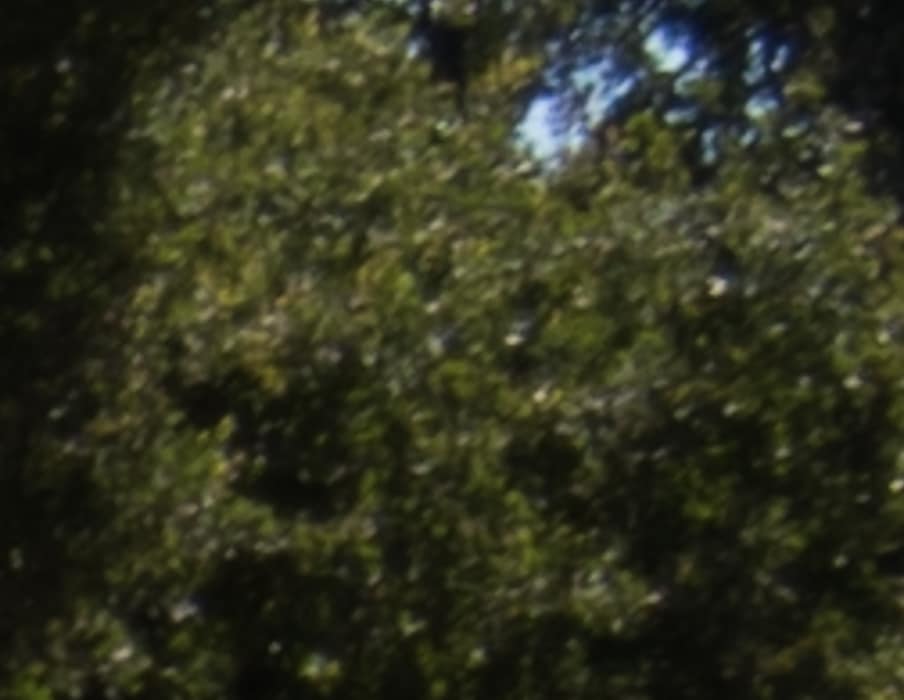
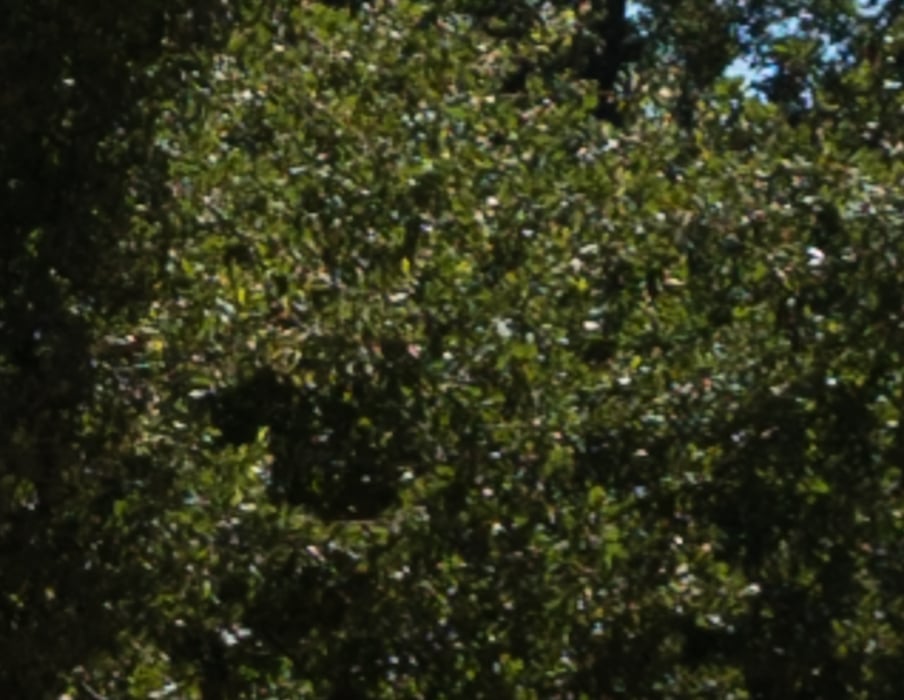


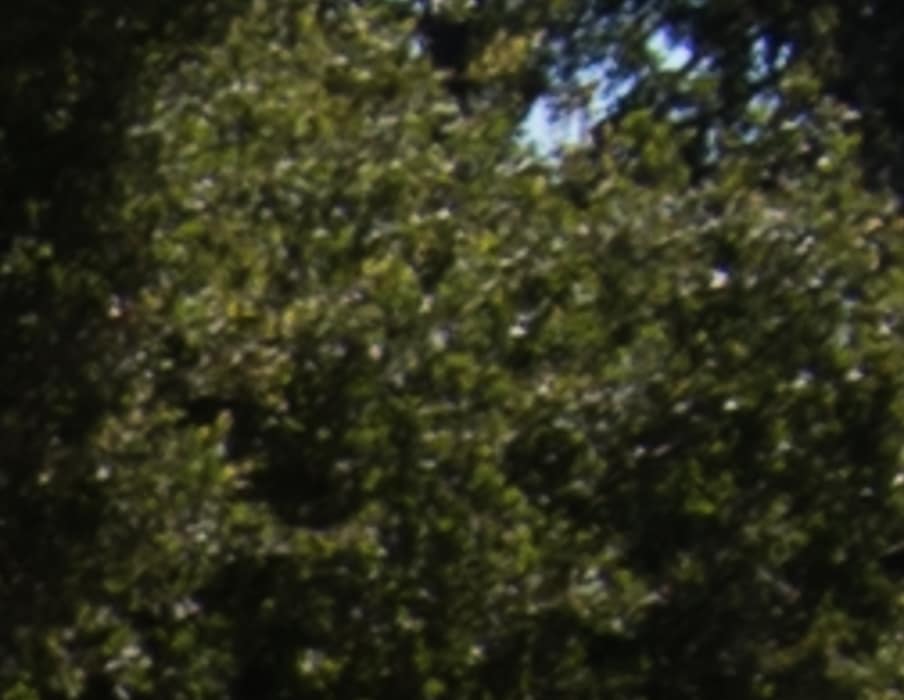
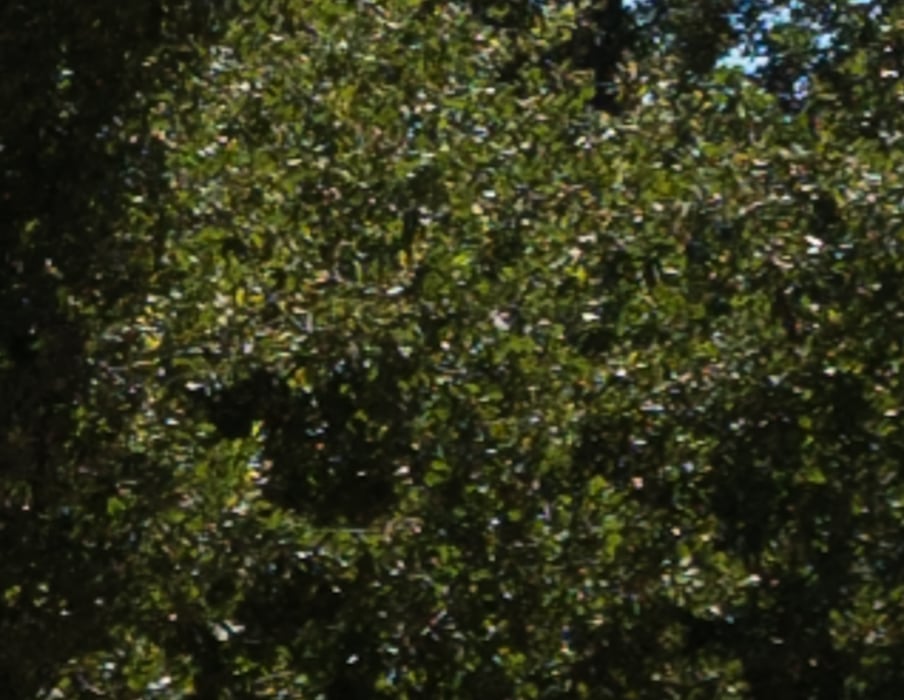
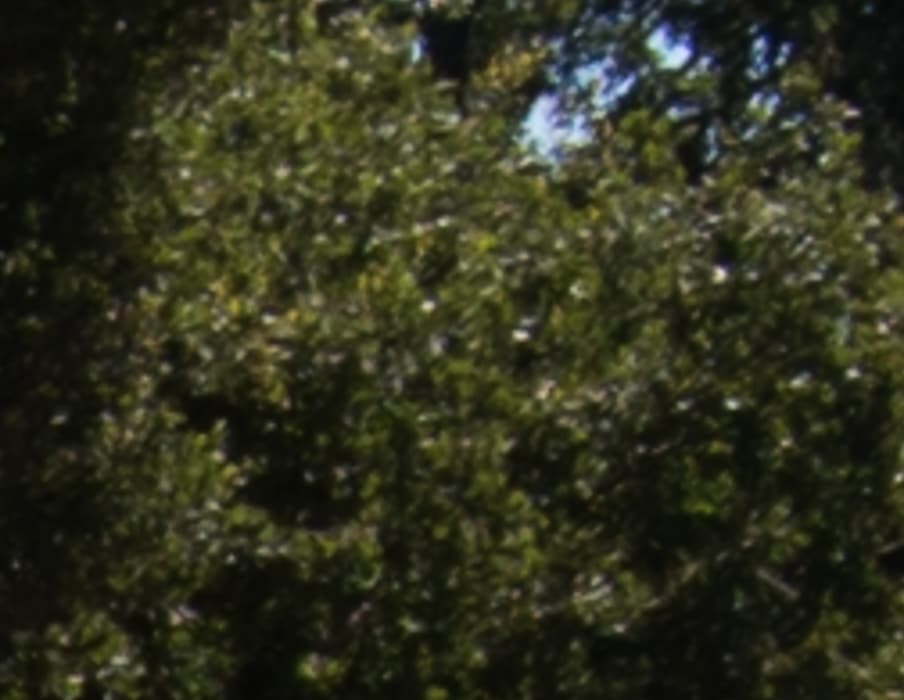
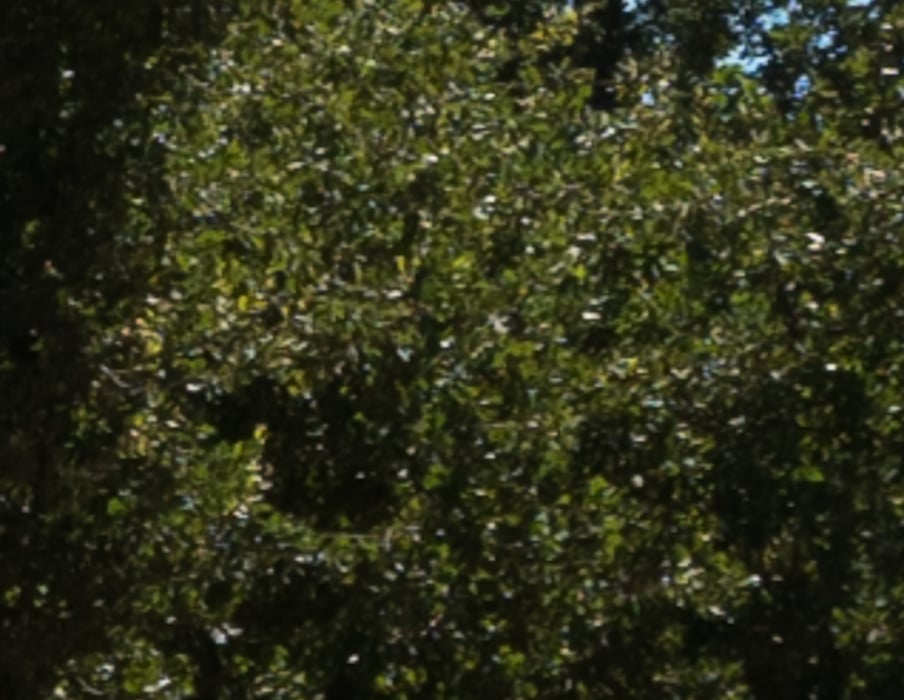
And, for a bonus, here’s the Nikon at f/11:
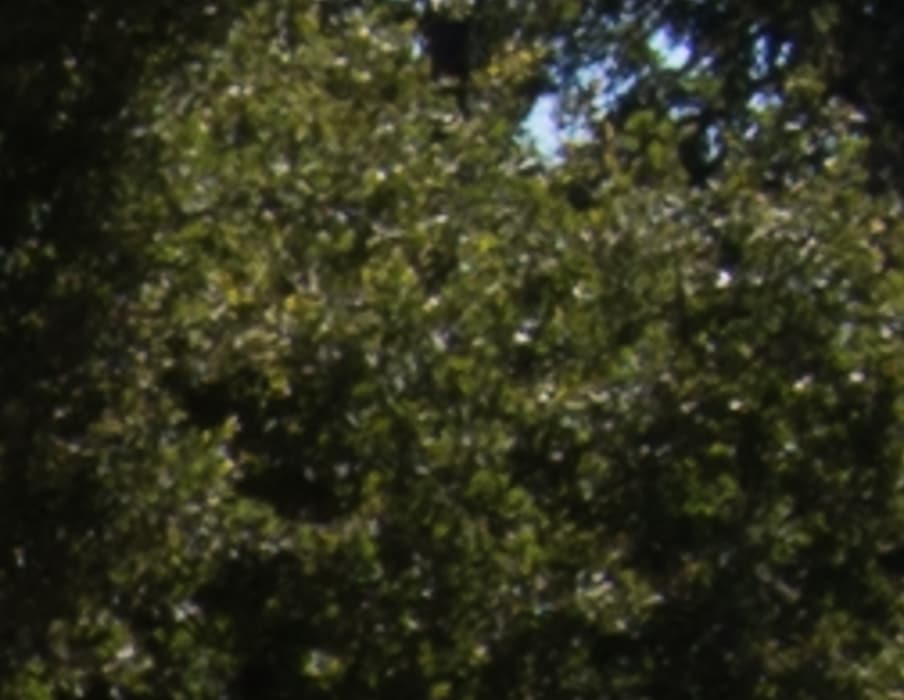
In the upper left corner, both sets brightened 2/3 of a stop:

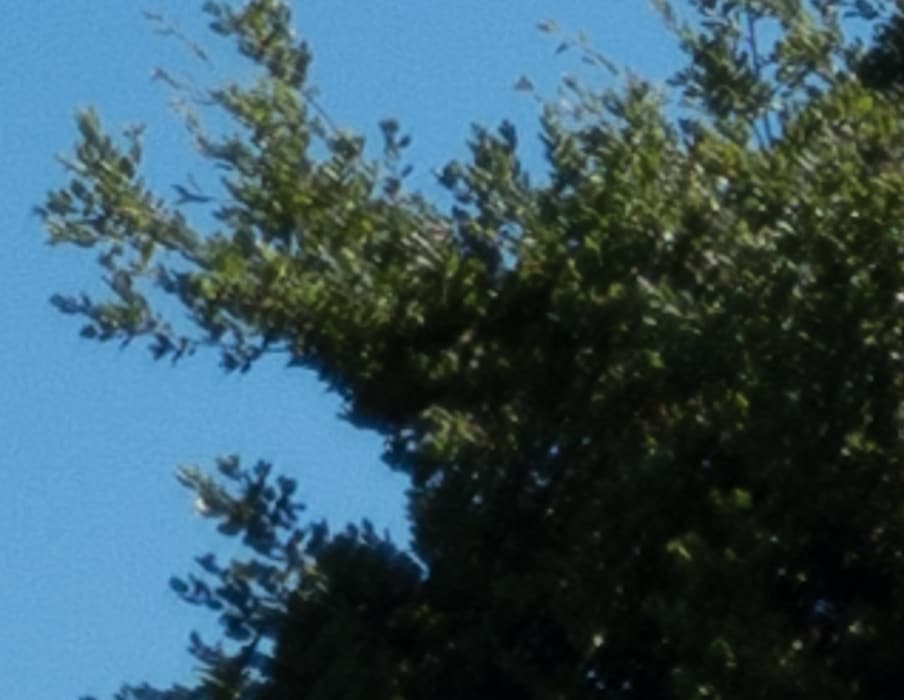
The Nikon’s sharpness isn’t quite this bad if you refocus on the corner; there’s some focus curvature.
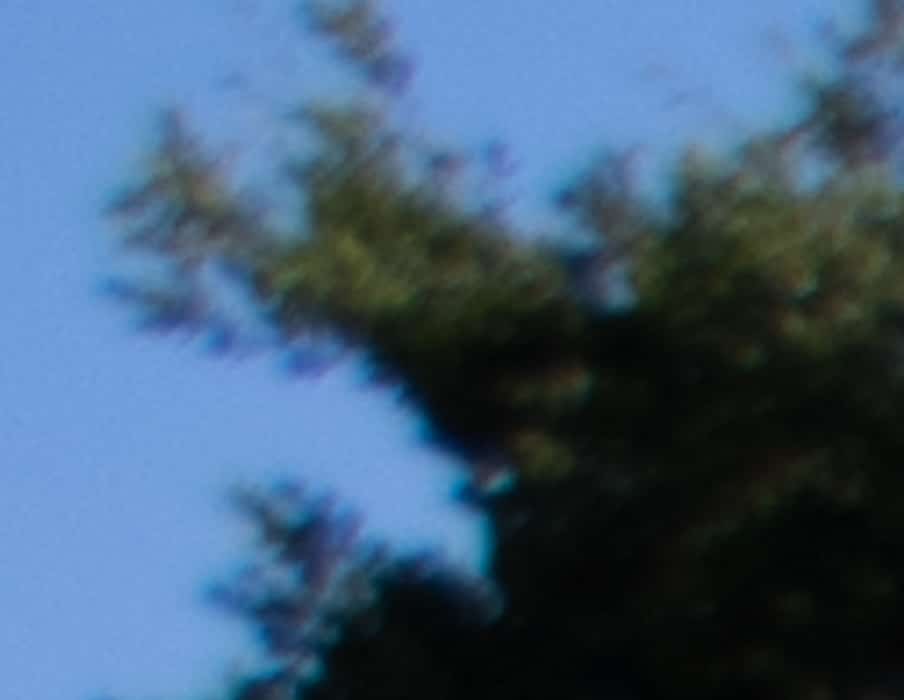


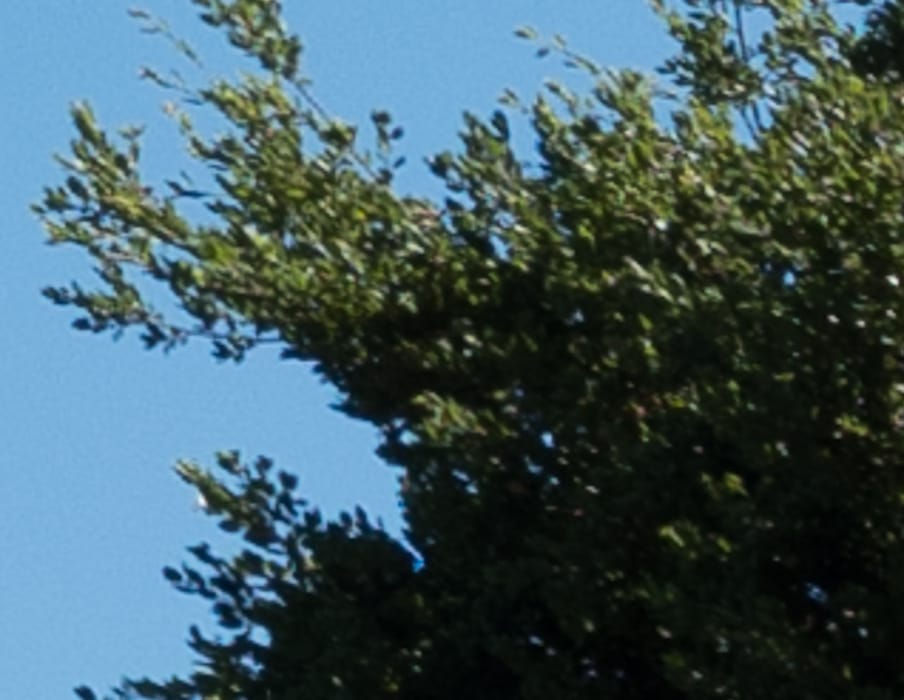
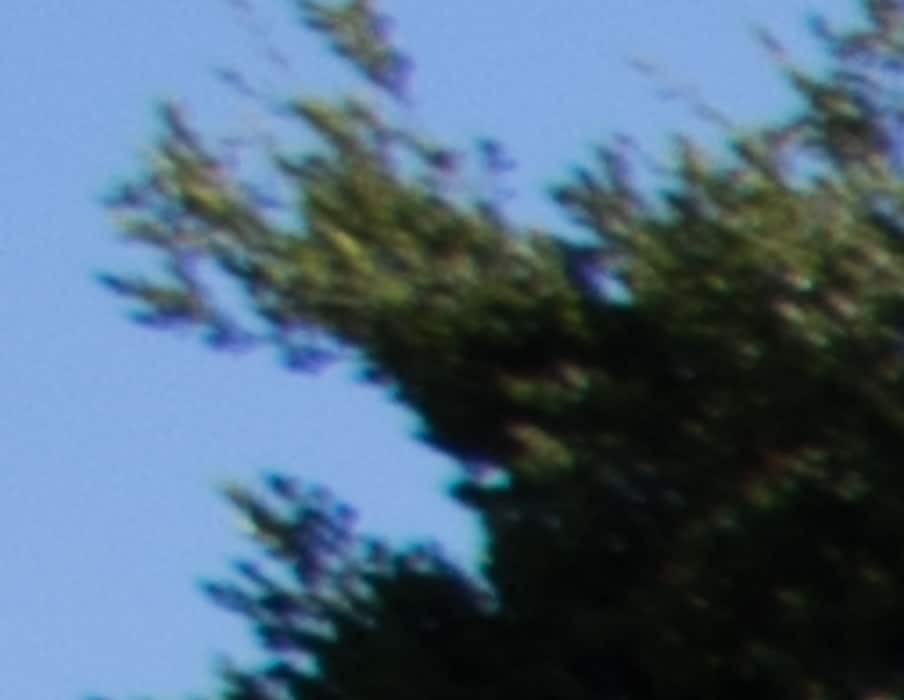
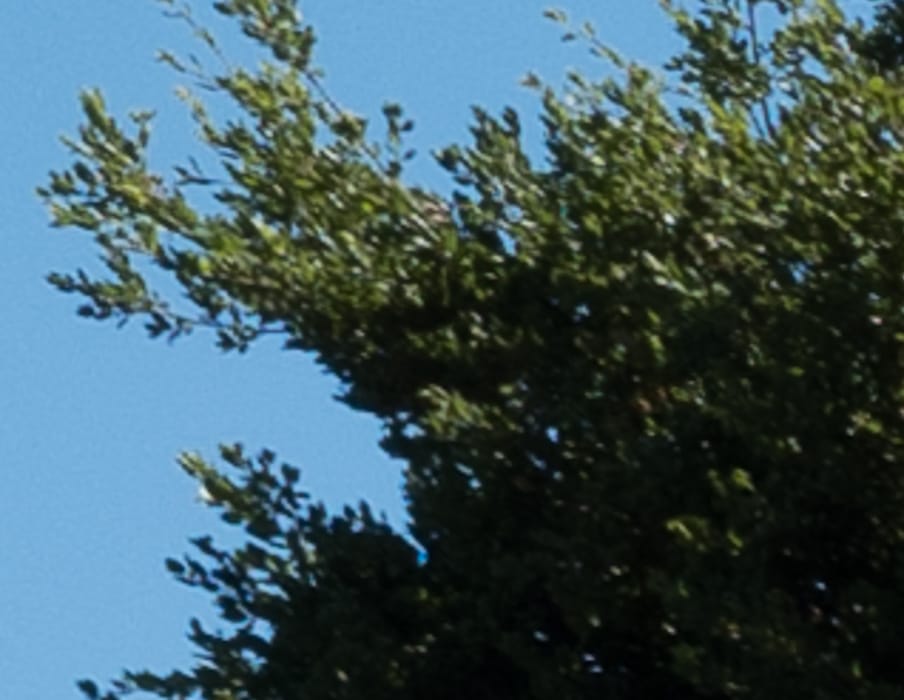
And another bonus Nikon image, since it continues to get better:

This is not a fair fight.
[Added 10/11/17: Horshack shows here that much of the Nikon zoom’s poor edge performance is due to field curvature.]
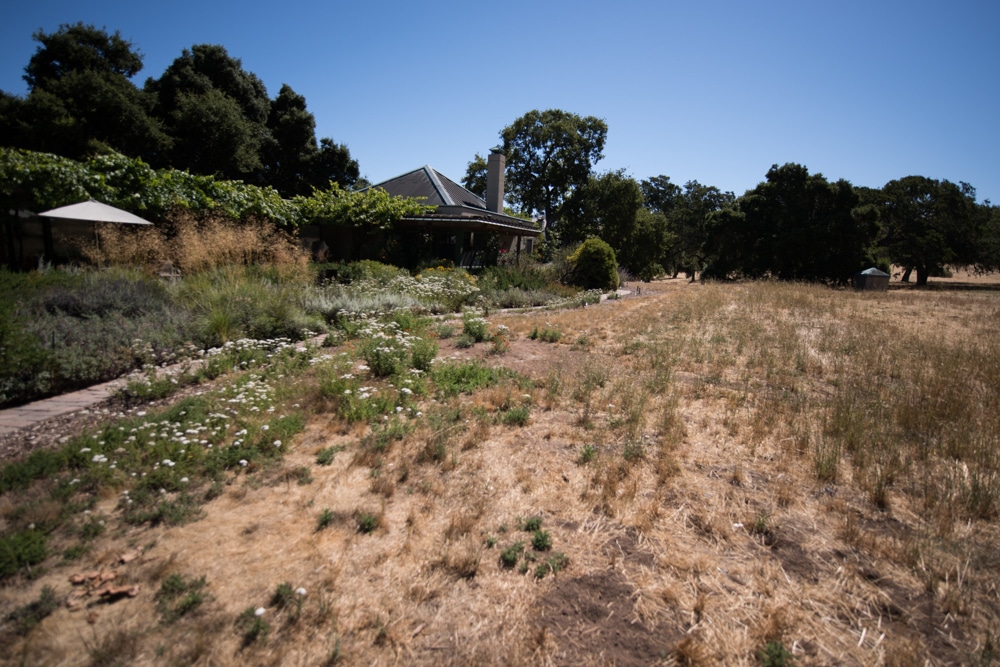
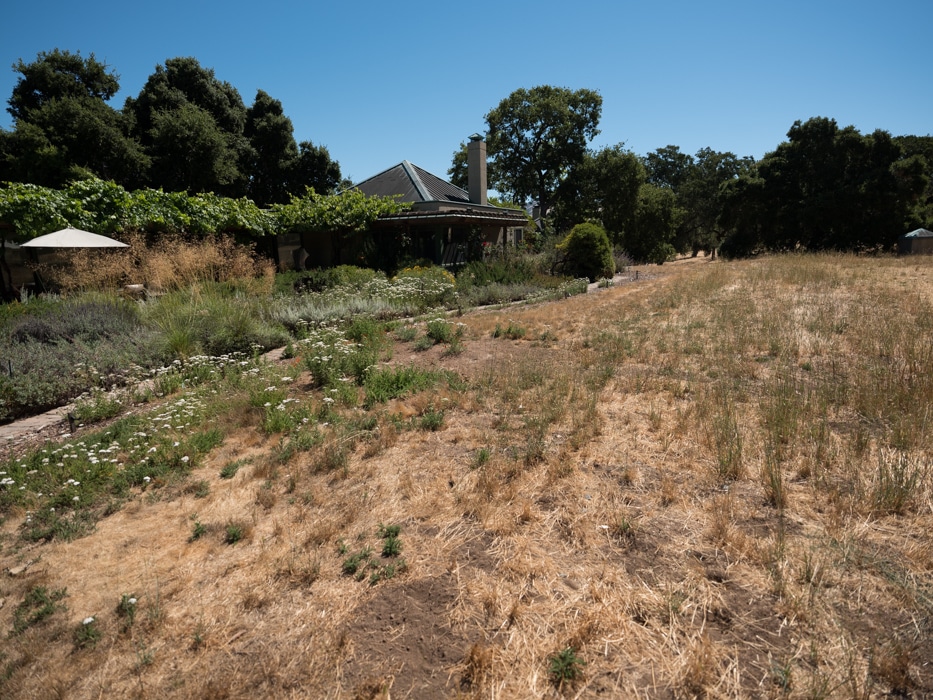
Leave a Reply